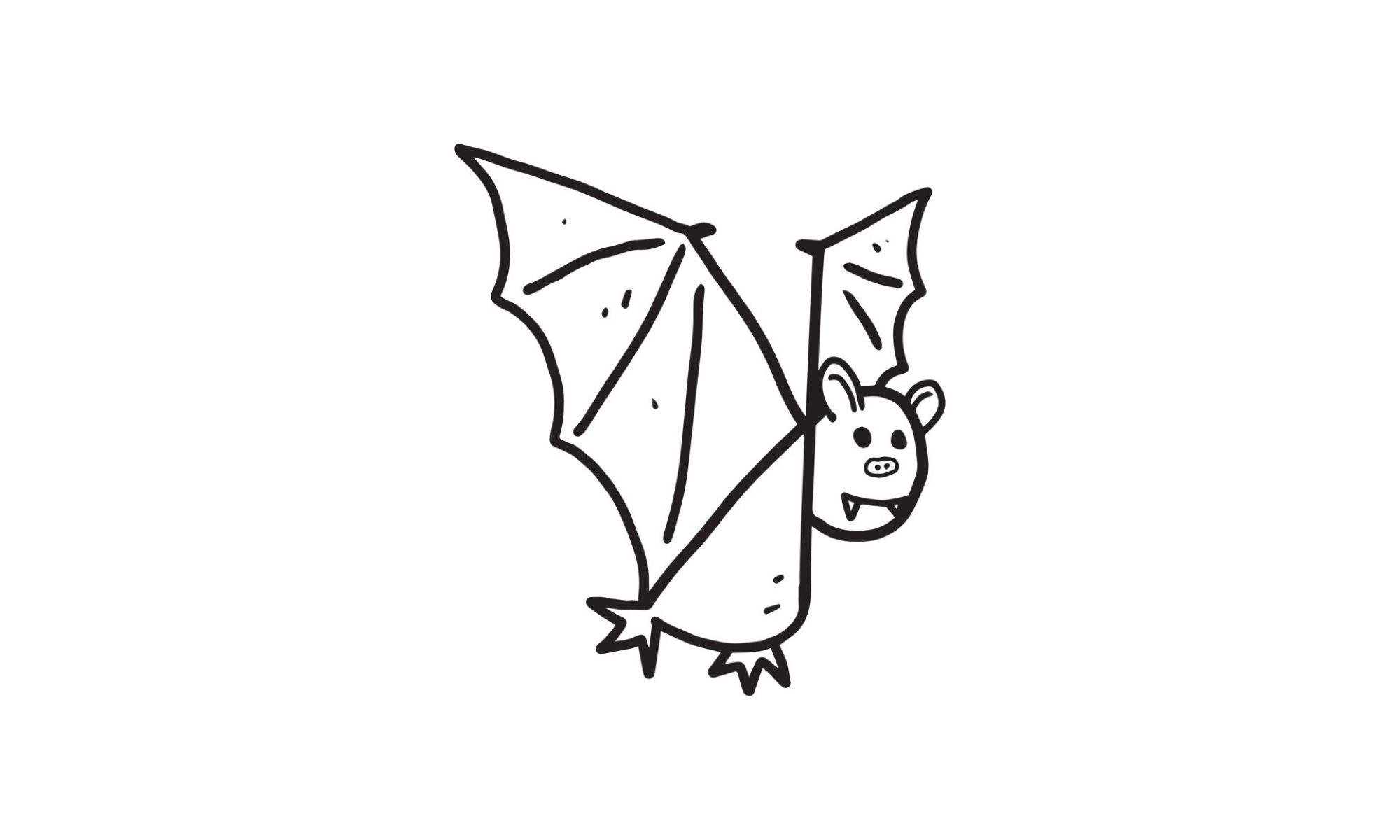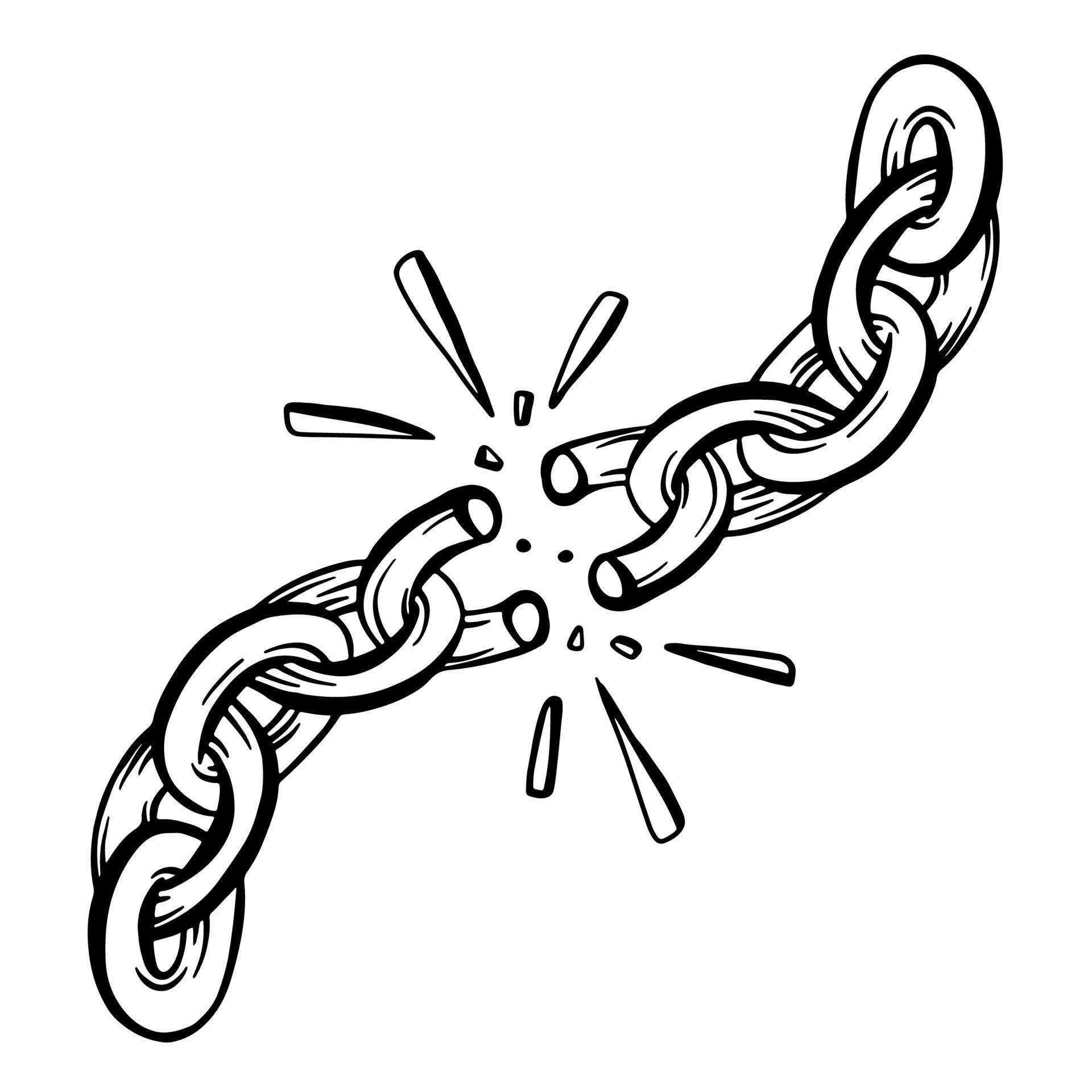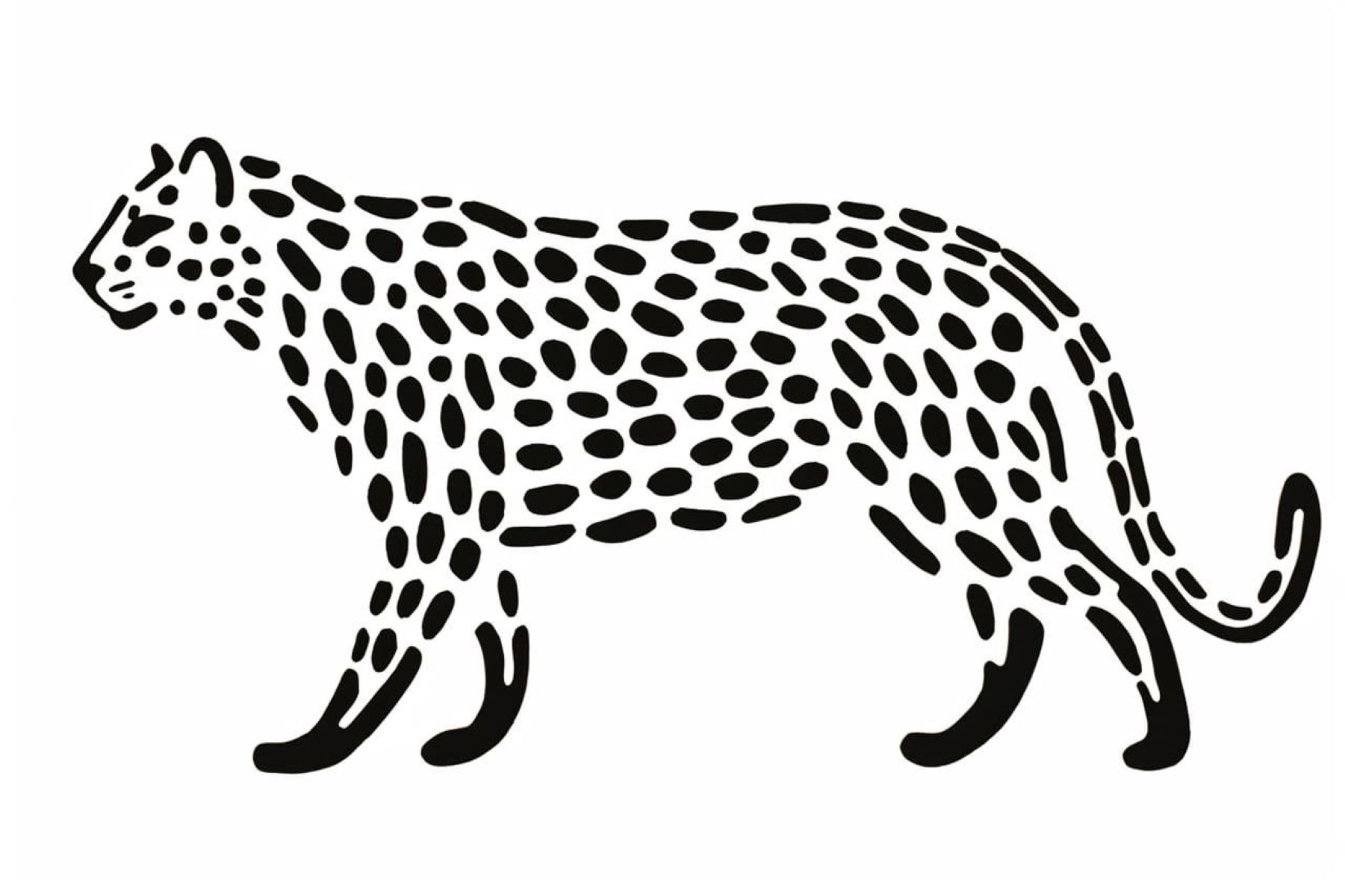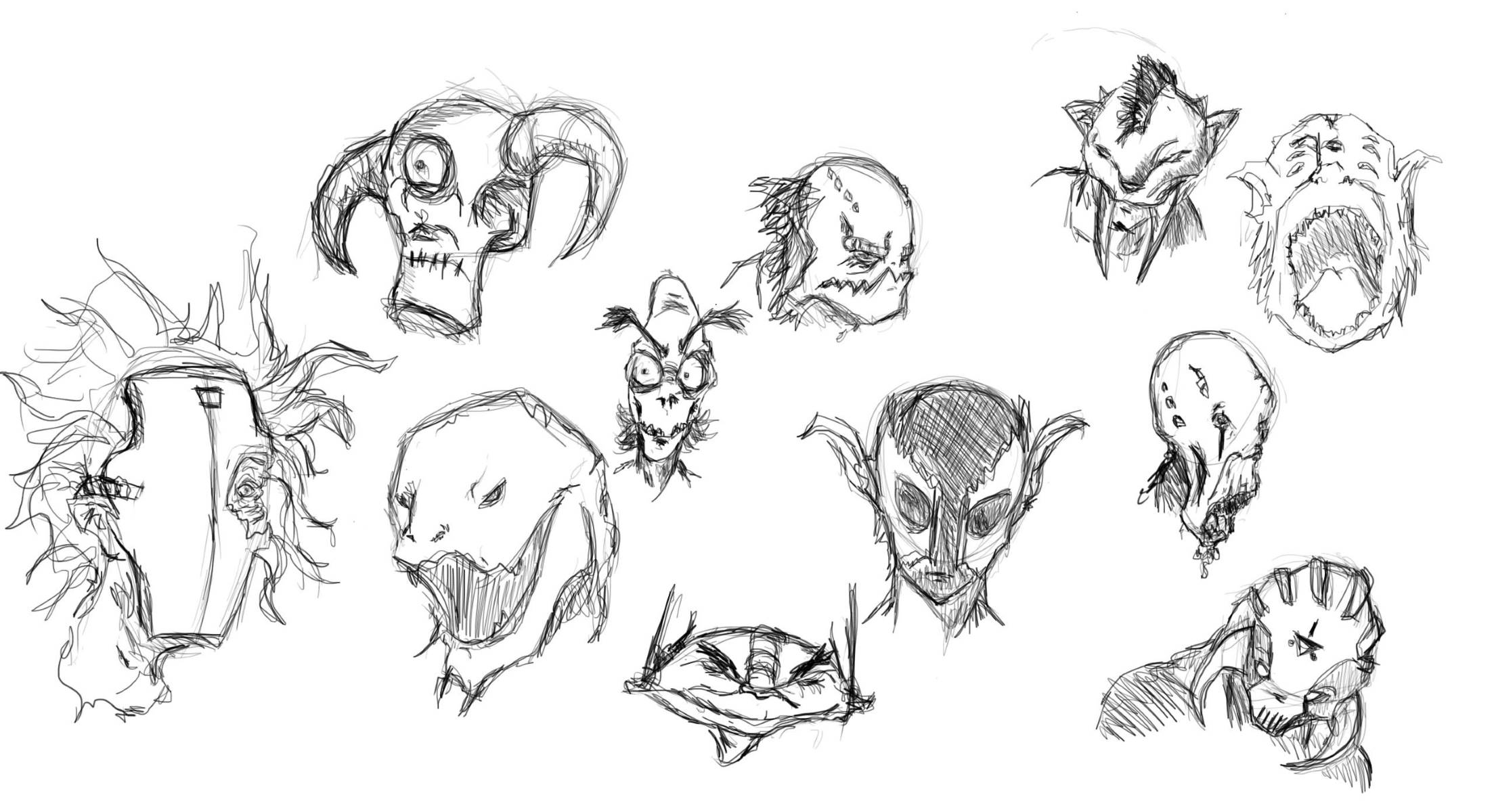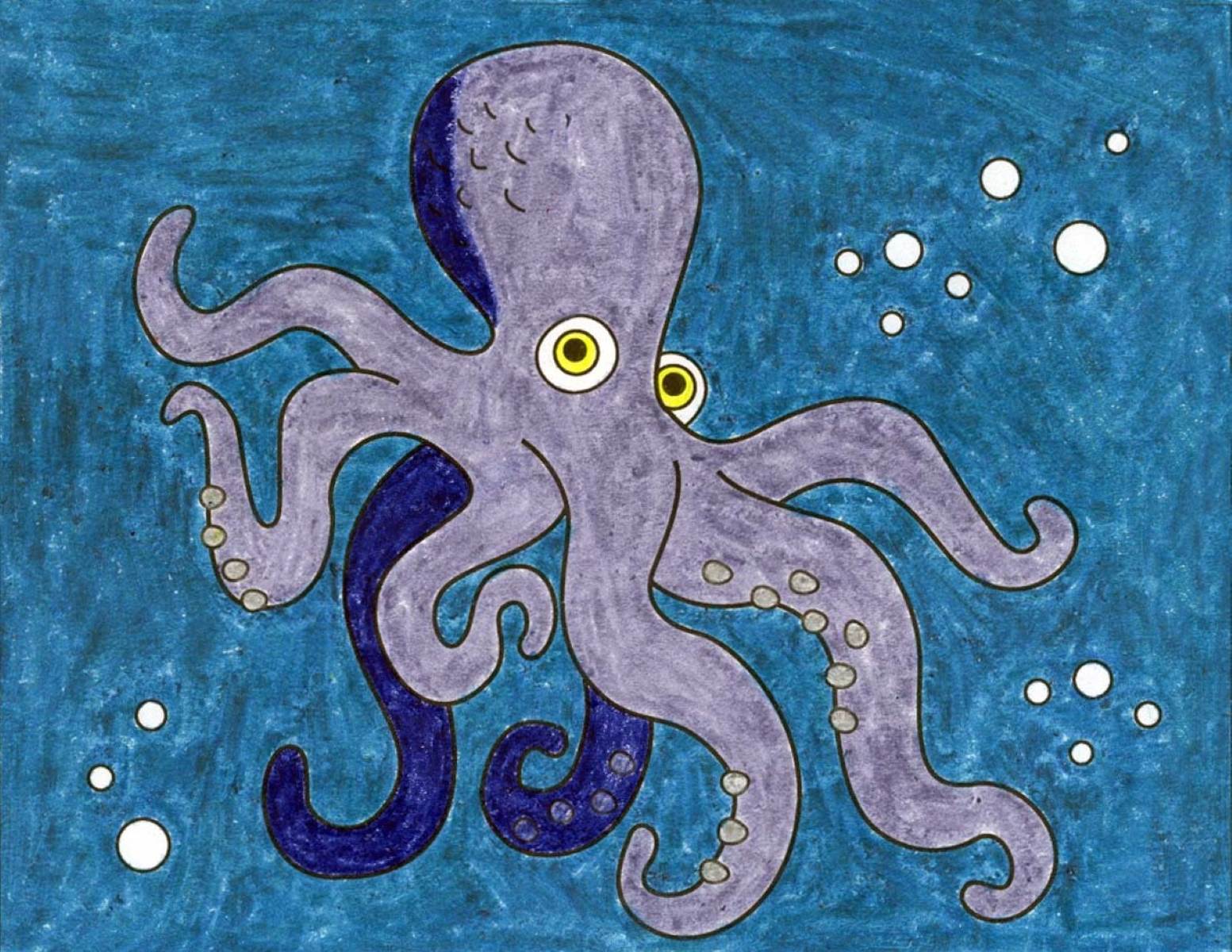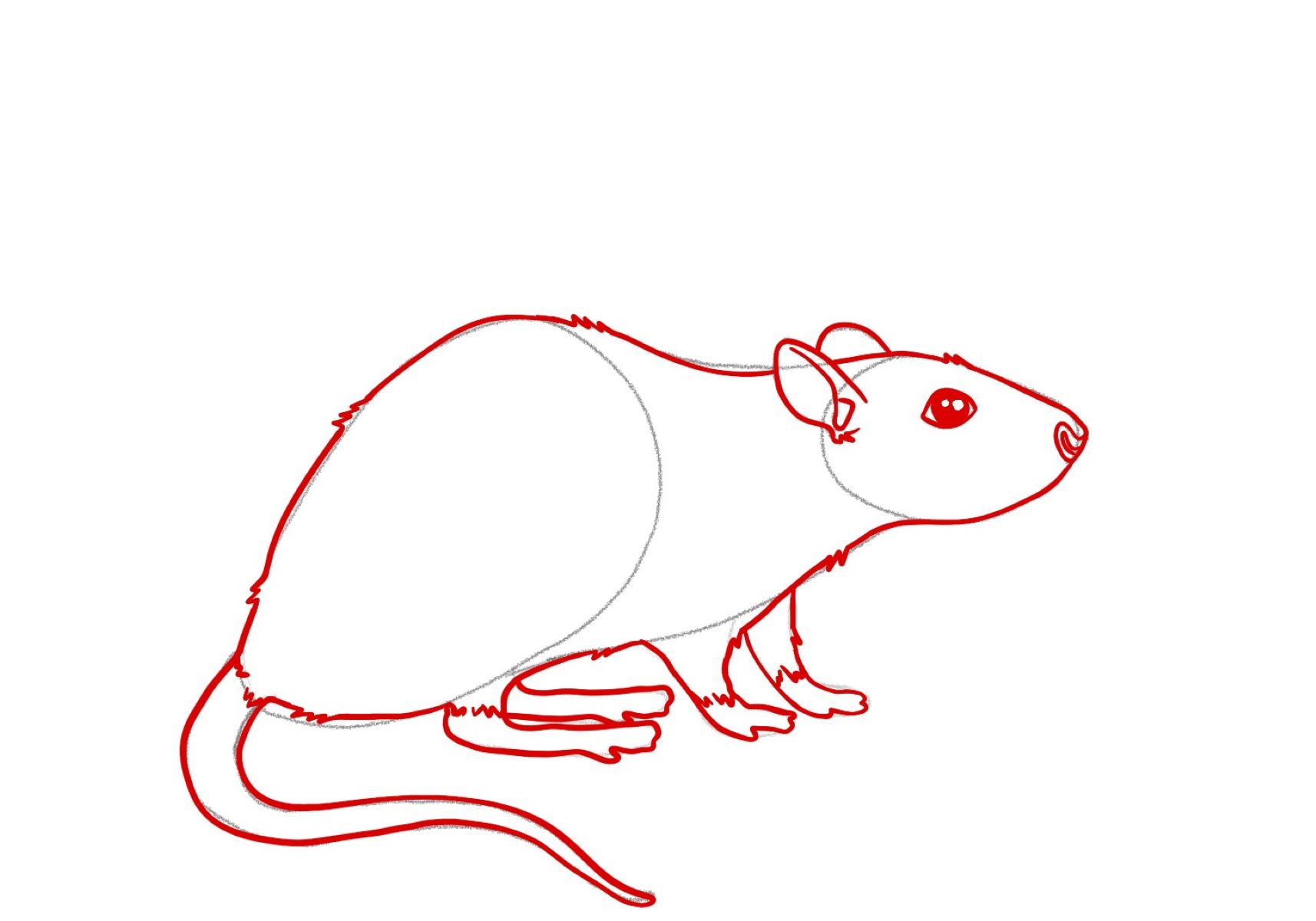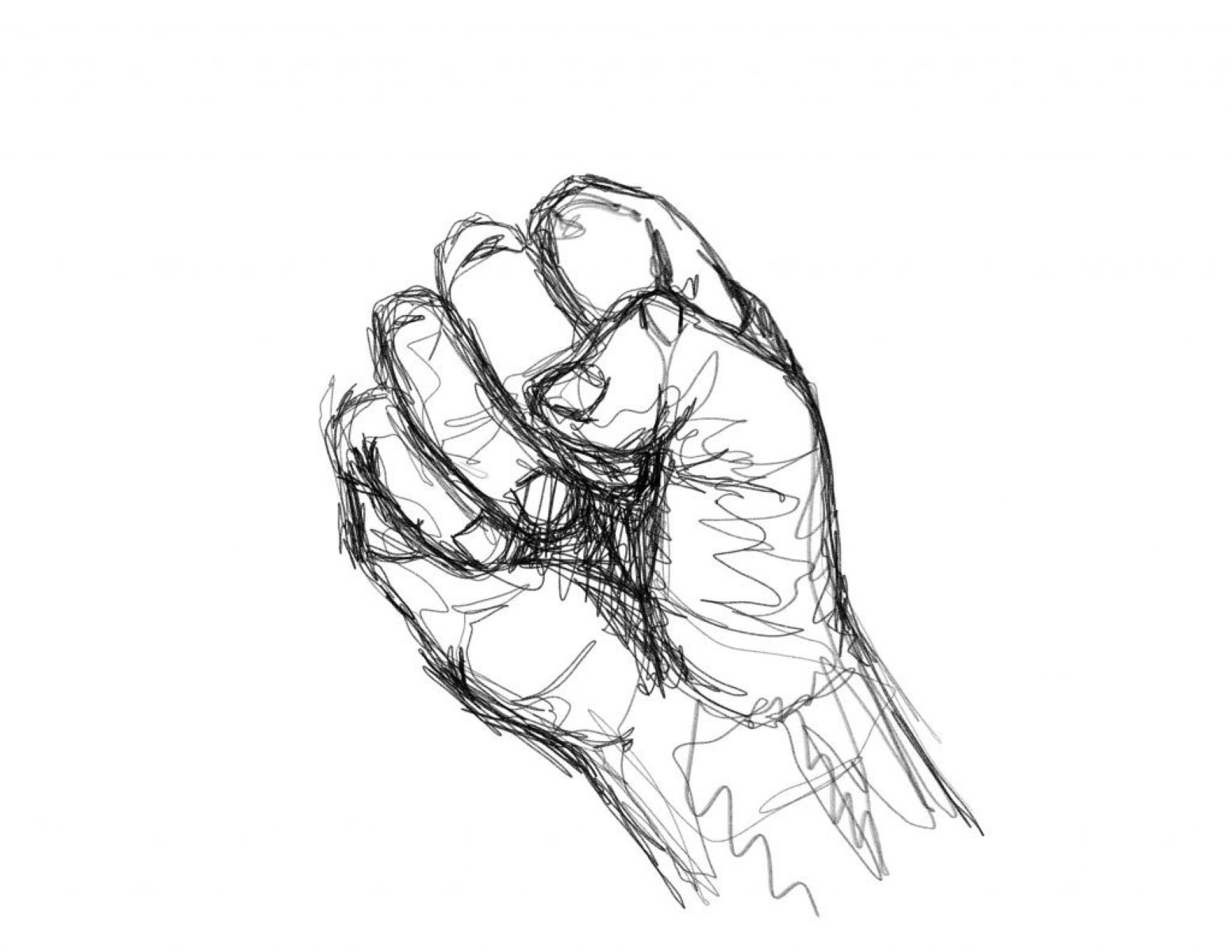Home>Automotive>Become A Car Design Pro: Master The Art Of Drawing Cars With Precision
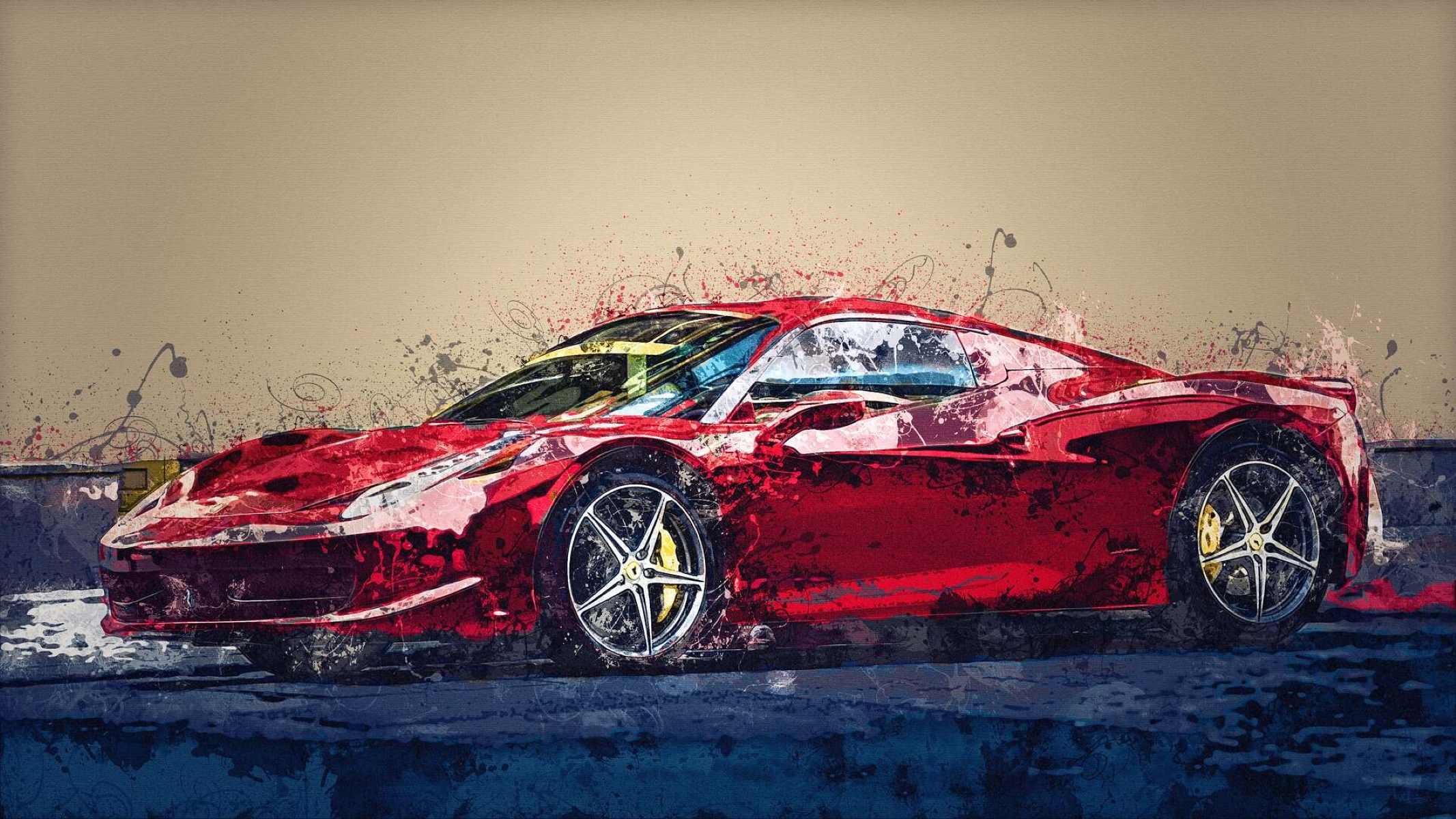

Automotive
Become A Car Design Pro: Master The Art Of Drawing Cars With Precision
Published: February 19, 2024
Become a car design pro and master the art of drawing cars with precision. Join our automotive course and unleash your creativity today!
(Many of the links in this article redirect to a specific reviewed product. Your purchase of these products through affiliate links helps to generate commission for Regretless.com, at no extra cost. Learn more)
Table of Contents
Introduction
Car design is an art form that combines creativity, engineering, and a deep understanding of aesthetics. The ability to visualize and sketch cars with precision is a skill that can be learned and honed through practice and dedication. Whether you aspire to become a professional car designer or simply want to express your passion for automobiles through art, mastering the art of drawing cars can be a deeply rewarding pursuit.
In this comprehensive guide, we will delve into the world of car design, providing you with the knowledge and techniques to elevate your car drawing skills to a professional level. From understanding the basics of car design to mastering perspective, proportions, and adding intricate details, this guide will equip you with the tools to bring your car drawings to life.
As we embark on this journey, it's essential to recognize that car design is not solely about creating aesthetically pleasing shapes; it also involves understanding the functionality and purpose behind each design element. Whether it's the aerodynamic curves of a sports car or the utilitarian lines of an off-road vehicle, every aspect of a car's design serves a specific function, and as a car design enthusiast, it's crucial to appreciate and incorporate these functional elements into your drawings.
Moreover, the process of drawing cars is a blend of technical precision and artistic expression. It requires a keen eye for detail, an understanding of perspective, and the ability to capture the essence of the vehicle in a two-dimensional sketch. Throughout this guide, we will explore the fusion of technical skill and creative vision, empowering you to translate your passion for cars into captivating and realistic drawings.
Whether you're a beginner looking to explore the fundamentals of car design or an experienced artist seeking to refine your techniques, this guide is designed to cater to your needs. By the end of this journey, you will have the knowledge and confidence to embark on your car design endeavors, equipped with the skills to bring your automotive visions to life on paper. So, let's dive into the world of car design and unleash your potential as a car design pro.
Understanding the Basics of Car Design
Car design is a multifaceted discipline that encompasses a blend of engineering, aesthetics, and functionality. At its core, car design involves the art of creating vehicles that not only look visually appealing but also fulfill specific functional and performance requirements. Understanding the basics of car design is crucial for anyone aspiring to master the art of drawing cars with precision.
Embracing Form and Function
The foundation of car design lies in the seamless integration of form and function. Every curve, line, and contour of a vehicle serves a purpose beyond aesthetics. From aerodynamics and structural integrity to interior ergonomics and overall performance, each element of a car's design is meticulously crafted to achieve a harmonious balance between visual appeal and practicality.
Grasping Design Principles
To comprehend the intricacies of car design, it's essential to grasp fundamental design principles such as proportion, balance, and symmetry. Proportion, in particular, plays a pivotal role in car design, as it dictates the visual harmony and coherence of the vehicle's overall appearance. Understanding the interplay of proportions between different components, such as the body, wheels, and cabin, is fundamental to creating a visually striking and well-balanced car design.
Appreciating Brand Identity
Car design is also deeply intertwined with brand identity. Different automotive manufacturers have distinct design languages and visual signatures that embody their brand ethos. Whether it's the iconic kidney grille of BMW or the sleek, aerodynamic lines of a Ferrari, each brand's design identity reflects its heritage, values, and vision. Aspiring car designers must appreciate and interpret these unique design languages to capture the essence of a specific brand in their drawings.
Incorporating Functionality
Beyond aesthetics, the functionality of a car's design is a critical aspect that sets it apart. Factors such as aerodynamics, weight distribution, and mechanical components significantly influence the overall design of a vehicle. Understanding how these functional elements interact with the visual aspects of the car is essential for creating drawings that not only look captivating but also convey a sense of purpose and functionality.
Cultivating Design Awareness
Developing a keen awareness of automotive design in the real world is invaluable for aspiring car designers. Observing and analyzing various car models, studying their design features, and understanding the rationale behind their form and function can provide invaluable insights for honing one's drawing skills. By immersing oneself in the world of automotive design, aspiring car artists can gain a deeper appreciation for the nuances of car design and apply these insights to their own creative endeavors.
Understanding the basics of car design lays a solid foundation for aspiring car artists, providing them with the essential knowledge and insights to embark on their journey toward mastering the art of drawing cars with precision. By embracing the fusion of form and function, grasping design principles, appreciating brand identity, incorporating functionality, and cultivating design awareness, enthusiasts can set themselves on a path toward becoming adept car design professionals.
Developing Your Drawing Skills
Mastering the art of drawing cars with precision requires a dedicated focus on developing fundamental drawing skills. Whether you're a novice or an experienced artist, honing your drawing abilities is essential for translating your creative vision into captivating car designs. Here's how you can elevate your drawing skills to bring your automotive illustrations to life:
Embracing the Power of Practice
Practice is the cornerstone of refining any artistic skill, and drawing cars is no exception. Dedicate regular time to sketching cars from various angles, exploring different styles, and experimenting with diverse design elements. By immersing yourself in consistent practice, you'll gradually enhance your ability to capture the intricate details and proportions of cars with greater accuracy.
Studying Anatomy and Form
Understanding the anatomy and form of cars is pivotal for aspiring car artists. Delve into the structural components of vehicles, such as the chassis, body panels, and mechanical features. By studying the underlying anatomy of cars, you'll gain insights into how different elements come together to create the distinct shape and character of each vehicle, enabling you to depict them more authentically in your drawings.
Exploring Light and Shadow
Mastery of light and shadow is a hallmark of exceptional drawing skills. Experiment with shading techniques to convey depth, dimension, and realism in your car drawings. By skillfully manipulating light and shadow, you can imbue your sketches with a sense of three-dimensionality, bringing your car designs to life on paper.
Seeking Inspiration from Real Cars
Immerse yourself in the world of automobiles by observing real cars in various settings. Visit car shows, explore automotive museums, and observe vehicles in everyday environments. Pay attention to the interplay of light on different surfaces, the reflections on car bodies, and the intricate details that define each vehicle. Drawing inspiration from real cars will enrich your understanding of their design nuances and inspire you to infuse authenticity into your drawings.
Experimenting with Different Mediums
Exploring a variety of drawing mediums, such as pencils, markers, and digital tools, can expand your artistic repertoire. Each medium offers unique advantages and challenges, allowing you to experiment with different textures, line weights, and rendering techniques. By embracing diverse mediums, you'll discover new avenues for expressing your creativity and refining your car drawing skills.
Read more: How To Draw A Bike
Seeking Constructive Feedback
Engage with fellow artists, instructors, or online communities to receive constructive feedback on your car drawings. Constructive critique can provide valuable insights and perspectives, helping you identify areas for improvement and refine your techniques. Embracing feedback as a catalyst for growth is essential for advancing your drawing skills and evolving as a car design enthusiast.
By immersing yourself in deliberate practice, studying the anatomy of cars, mastering light and shadow, seeking inspiration from real vehicles, experimenting with different mediums, and embracing constructive feedback, you'll embark on a transformative journey toward developing your drawing skills. With dedication and perseverance, you'll elevate your ability to capture the essence of cars with precision and finesse, setting the stage for your evolution as a proficient car design artist.
Mastering Perspective and Proportions
Mastering perspective and proportions is a pivotal aspect of drawing cars with precision. The ability to convey a sense of depth, scale, and spatial relationships in your car drawings is essential for creating realistic and visually compelling representations of vehicles. Here's how you can refine your skills in mastering perspective and proportions to elevate your car design artistry:
Embracing the Principles of Perspective
Understanding the principles of perspective is fundamental for creating convincing car drawings. Perspective governs how objects appear in space, accounting for foreshortening, vanishing points, and the illusion of depth. By familiarizing yourself with one-point, two-point, and three-point perspective, you can imbue your car sketches with a sense of spatial realism, allowing viewers to perceive the vehicles within a coherent and immersive environment.
Establishing Proper Proportions
Accurate proportions are the cornerstone of realistic car drawings. Whether it's the length of the wheelbase, the height of the cabin, or the placement of the headlights, maintaining correct proportions is crucial for capturing the true essence of a vehicle. Paying meticulous attention to the relationships between different components and ensuring their proportional accuracy is essential for conveying the distinct characteristics of each car model in your drawings.
Read more: How To Draw Characters
Conveying Depth and Dimension
Mastering perspective enables you to infuse your car drawings with a compelling sense of depth and dimension. By skillfully applying perspective techniques, such as diminishing scale, overlapping forms, and atmospheric perspective, you can create the illusion of spatial depth, making your car designs appear dynamic and lifelike. This mastery of depth perception adds a captivating realism to your drawings, elevating them beyond mere two-dimensional representations.
Exploring Foreshortening and Distortion
Foreshortening, a phenomenon where objects appear compressed due to their orientation in space, is a crucial concept in car drawing. Understanding how foreshortening affects the appearance of different car components, such as protruding bumpers or tapered rear ends, allows you to accurately depict the dynamic nature of vehicles from various viewpoints. Embracing the inherent distortion caused by foreshortening empowers you to capture the dynamic energy and movement of cars in your sketches.
Practicing Spatial Relationships
Regular practice of spatial relationships is essential for honing your mastery of perspective and proportions. Experiment with drawing cars from different angles, observing how their forms interact with the surrounding space. By consistently challenging yourself to depict cars in diverse spatial contexts, you'll refine your ability to convey realistic perspectives and proportions, ultimately enhancing the visual impact and authenticity of your car drawings.
By immersing yourself in the principles of perspective, establishing proper proportions, conveying depth and dimension, exploring foreshortening and distortion, and practicing spatial relationships, you'll embark on a transformative journey toward mastering perspective and proportions in your car drawings. This mastery will empower you to create compelling and true-to-life representations of vehicles, showcasing your prowess as a skilled car design artist.
Adding Detail and Realism to Your Car Drawings
Elevating your car drawings from mere sketches to captivating, lifelike representations requires a meticulous focus on adding intricate detail and infusing them with a sense of realism. By incorporating nuanced details and mastering rendering techniques, you can breathe life into your car designs, making them visually compelling and authentic.
Read more: How To Draw A Dress
Embracing Intricate Details
Detailing is a hallmark of exceptional car drawings. From the subtle contours of the body panels to the intricacies of the grille and headlights, paying attention to minute details is essential for capturing the essence of each vehicle. Delve into the specifics of car design, such as the unique patterns of the wheels, the curvature of the fenders, and the intricately designed taillights. By meticulously replicating these details in your drawings, you can imbue your car designs with a heightened sense of authenticity and visual richness.
Mastering Texture and Surfaces
The tactile quality of different surfaces, such as glossy paint, matte finishes, and reflective glass, plays a pivotal role in conveying realism in car drawings. Experiment with rendering techniques to emulate the textures of various materials, from the smooth sheen of the car body to the reflective surfaces of metallic accents. By skillfully capturing the interplay of light on different surfaces and replicating the tactile qualities of materials, you can elevate the realism of your car drawings, making them visually engaging and immersive.
Infusing Dynamic Motion
Capturing the dynamic energy and movement of cars adds a compelling sense of realism to your drawings. Experiment with depicting cars in motion, conveying the flow of air around the vehicle, and illustrating the sense of speed and agility. By infusing your car designs with a dynamic sense of motion, you can evoke a visceral connection with the viewer, immersing them in the captivating world of automotive dynamism and performance.
Emphasizing Interior Details
Beyond exterior features, incorporating interior details adds depth and authenticity to your car drawings. Explore the intricacies of dashboard layouts, seating configurations, and interior embellishments. By meticulously rendering interior elements, such as instrument clusters, upholstery textures, and control interfaces, you can enrich your car designs with a comprehensive portrayal of the vehicle's character and functionality.
Read more: How To Draw Bowser
Harnessing Realistic Lighting
Mastering the interplay of light and shadow is pivotal for infusing realism into your car drawings. Experiment with lighting scenarios, from dramatic chiaroscuro to soft, diffused light. By skillfully manipulating light and shadow, you can accentuate the contours of the vehicle, create a sense of depth, and evoke a captivating play of highlights and reflections, elevating the visual impact and realism of your car designs.
By embracing intricate details, mastering texture and surfaces, infusing dynamic motion, emphasizing interior details, and harnessing realistic lighting, you can transform your car drawings into compelling, lifelike representations of vehicles. This attention to detail and commitment to realism will set your car designs apart, showcasing your prowess as a skilled and discerning car design artist.
Using Technology to Enhance Your Designs
In the realm of car design, technology serves as a powerful ally, offering a myriad of tools and resources to elevate the quality and precision of your car drawings. Embracing technological advancements empowers car design enthusiasts to explore innovative techniques, streamline their creative process, and unleash their artistic potential with unprecedented efficiency and sophistication.
Leveraging Digital Drawing Software
Digital drawing software, such as Adobe Illustrator and Autodesk SketchBook, provides a versatile platform for creating and refining car designs with unparalleled precision. These tools offer a wide array of features, including customizable brushes, layers, and advanced editing capabilities, enabling artists to meticulously craft intricate details, experiment with diverse color palettes, and seamlessly iterate on their designs. The digital medium also facilitates the incorporation of dynamic perspectives, realistic textures, and immersive lighting effects, enhancing the visual impact and authenticity of car drawings.
3D Modeling and Rendering
The advent of 3D modeling and rendering software has revolutionized the process of visualizing and conceptualizing car designs. Utilizing software like Blender and Autodesk 3ds Max, artists can sculpt three-dimensional representations of vehicles, meticulously refining every contour and surface detail. The ability to manipulate virtual camera angles, simulate realistic lighting scenarios, and generate lifelike renderings empowers car design enthusiasts to create compelling visual narratives, showcasing their designs from dynamic perspectives and immersive environments.
Virtual Reality (VR) Visualization
Immersive technologies, such as virtual reality (VR), offer a transformative means of experiencing and refining car designs. VR platforms enable artists to step into a virtual realm where they can interact with and evaluate their car drawings in a simulated environment. By donning VR headsets, artists can gain a firsthand perspective of their designs, assess spatial relationships, and fine-tune proportions with an unprecedented level of immersion and spatial awareness, fostering a deeper connection with their creations.
Collaborative Design Platforms
In an era of interconnected creativity, collaborative design platforms, such as Figma and Miro, facilitate seamless communication and teamwork among car design enthusiasts. These platforms enable artists to share their works-in-progress, gather feedback from peers, and engage in collaborative ideation sessions. The ability to collectively brainstorm, iterate, and refine car designs in real time fosters a dynamic and inclusive creative process, harnessing the collective expertise and insights of a diverse community of artists.
Augmented Reality (AR) Prototyping
Augmented reality (AR) technology offers a novel approach to prototyping and visualizing car designs in real-world contexts. By leveraging AR applications, artists can overlay their digital car drawings onto physical environments, allowing for a compelling fusion of virtual and tangible experiences. This immersive integration enables artists to assess the visual harmony and contextual relevance of their designs within real-world settings, offering valuable perspectives for refinement and iteration.
Incorporating these technological advancements into the realm of car design empowers enthusiasts to transcend traditional boundaries, unlocking a realm of creative possibilities and precision. By harnessing digital drawing software, 3D modeling and rendering tools, virtual reality visualization, collaborative design platforms, and augmented reality prototyping, car design artists can embark on a transformative journey, enriching their creative endeavors with a seamless fusion of artistry and technological innovation.
Conclusion
In conclusion, the journey of mastering the art of drawing cars with precision is a transformative pursuit that encompasses a harmonious blend of technical skill, creative vision, and a deep appreciation for the intricacies of automotive design. Throughout this comprehensive guide, we have delved into the multifaceted world of car design, equipping aspiring car artists with the knowledge, techniques, and insights to elevate their drawing skills to a professional level.
From understanding the fundamental principles of car design to mastering perspective, proportions, and infusing intricate details, the path to becoming a proficient car design artist is marked by dedication, practice, and a relentless pursuit of excellence. By embracing the fusion of form and function, aspiring artists can capture the essence of vehicles with precision, transcending mere sketches to create compelling, lifelike representations of cars.
The journey toward mastery also entails a deep exploration of technological advancements, where digital drawing software, 3D modeling tools, virtual reality visualization, collaborative platforms, and augmented reality prototyping serve as catalysts for innovation and refinement. Embracing these technological allies empowers car design enthusiasts to push the boundaries of creativity, unleashing their artistic potential with unprecedented efficiency and sophistication.
As we conclude this guide, it's essential to recognize that the art of drawing cars extends beyond the realm of technical proficiency; it is a deeply personal and expressive endeavor that allows individuals to channel their passion for automobiles into captivating works of art. Whether aspiring to pursue a career in car design or simply seeking to express a profound love for cars through art, the journey of mastering car drawing is a deeply rewarding and fulfilling pursuit.
In the world of car design, each stroke of the pencil or digital brush is an opportunity to capture the spirit, dynamism, and elegance of automotive marvels, transcending the confines of paper or screen to evoke a visceral connection with viewers. It is a testament to the enduring allure of automobiles and the timeless artistry that brings them to life in the form of captivating drawings.
As aspiring car design artists embark on their individual journeys, armed with the knowledge and techniques gleaned from this guide, they are poised to make their mark in the vibrant realm of automotive artistry. With dedication, perseverance, and a relentless pursuit of excellence, they will continue to refine their craft, creating evocative and visually stunning car drawings that resonate with enthusiasts and aficionados alike.
In the realm of car design, the journey toward mastery is an ongoing odyssey, marked by continual growth, exploration, and the unwavering passion for bringing automotive visions to life through the art of drawing. It is a journey that transcends boundaries, defies conventions, and celebrates the timeless allure of automobiles, encapsulating the essence of creativity, precision, and the enduring legacy of automotive design.
